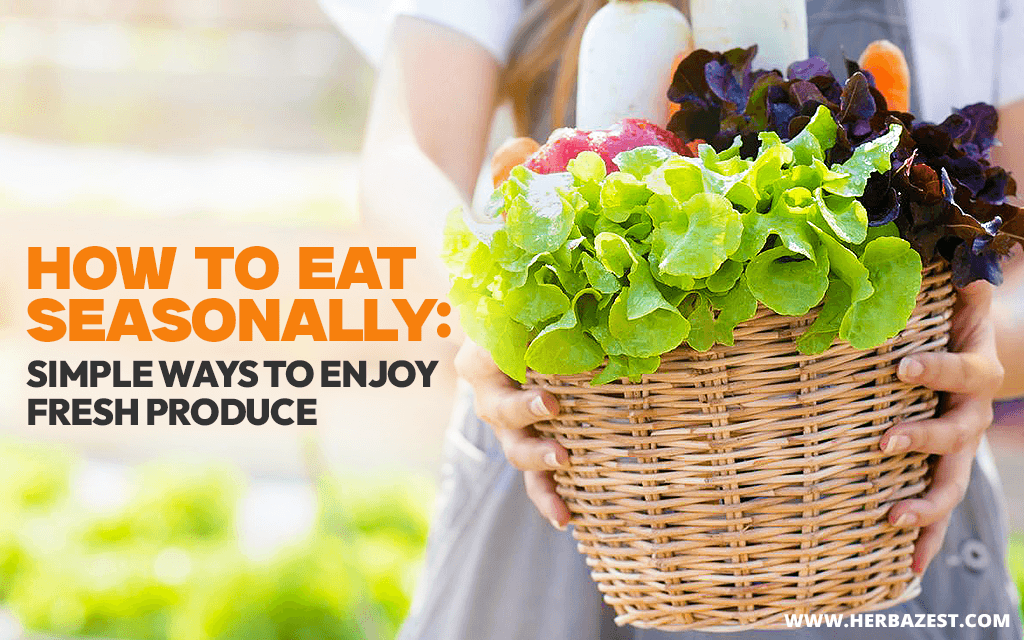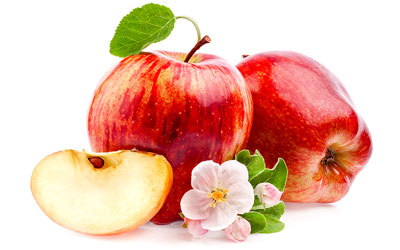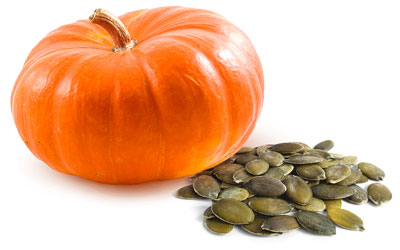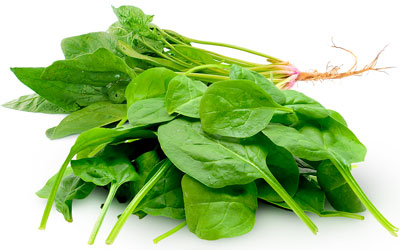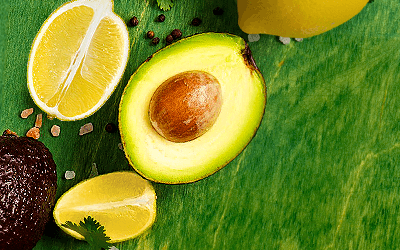There's a reason tomatoes burst with flavor in late summer and apples taste their best in the fall: produce is most delicious when it's in season. Eating seasonally means enjoying fruits and vegetables at their natural peak, when they're freshest, most flavorful, and grown in harmony with the environment. It's also a simple way to bring variety to your meals, support local growers, and connect more deeply with the food you eat. Read on to discover why seasonal eating is worth embracing, how to know what's in season near you, and easy ways to make it part of your everyday routine.
Why Eat Seasonally?
Choosing seasonal produce offers a wide range of benefits, from better taste to better nutrition. Here's why it's worth making the shift:
Better Taste and Freshness. When fruits and vegetables are harvested at their natural peak, they taste the way nature intended: vibrant, juicy, and full of flavor. Out-of-season produce, on the other hand, is often picked early and transported long distances, which can compromise taste and texture.
Higher Nutritional Value. Studies have shown that the nutrient content of fruits and vegetables declines with storage time.1 Produce that's picked in season and eaten soon after harvest retains more vitamins, minerals, and antioxidants. For example, broccoli grown and eaten in the fall contains more vitamin C than broccoli that's been stored and shipped over long distances
Lower Environmental Impact. Seasonal foods require less energy for transportation, refrigeration, and artificial ripening. By choosing locally grown, in-season produce, you help reduce your carbon footprint and support more sustainable farming practices
Better for Your Budget. When produce is in season, it's more abundant, and that usually means lower prices. Seasonal fruits and vegetables are often less expensive at grocery stores and farmers' markets because they don't require extra handling or long-distance shipping.
How to Know What's in Season
Eating seasonally starts with knowing what's currently available in your area. While growing seasons vary slightly across the country, some general guidelines and tools can help you stay on track.
Seasonal Produce Guides
The U.S. Department of Agriculture (USDA) offers a helpful Seasonal Produce Guide that lists common fruits and vegetables by season. It's a great starting point if you're new to seasonal eating. Here's a quick overview:
Spring: Asparagus, peas, spinach, radishes, strawberries, blueberries, rhubarb
Summer: Tomatoes, cucumbers, berries, corn, zucchini, peaches, apricots, cherries
Fall: Apples, sweet potatoes, kale, pumpkins, pears, grapes, broccoli
Winter: Brussels sprouts, carrots, cabbage, leeks, beets, lemons, limes, oranges
Visit Farmers' Markets
Farmers' markets are a great place to find fresh, in-season produce, often grown locally. Don't hesitate to ask vendors what's been freshly harvested. Many will gladly share tips on storage and cooking. To find markets near you, visit the USDA Farmers Market Directory.
Join a CSA Program
Community Supported Agriculture (CSA) programs let you subscribe to a local farm's harvest. You'll receive a weekly or biweekly box of whatever is in season, which is a great way to expand your diet and try new foods.
Additionally, there are quite a few phone applications available nowadays that provide region-specific produce calendars.
Easy Ways to Eat with the Seasons
Once you know what's in season, the next step is incorporating it into your meals. Eating seasonally doesn't mean overhauling your entire diet. It can be as simple as swapping ingredients or building your meals around what's available.
Start with Simple Swaps
Make small changes based on what's in season. It may be as simple as swapping iceberg lettuce for arugula or baby spinach in spring, using fresh tomatoes in summer instead of canned, and choosing butternut squash instead of white potatoes in fall.
Plan Meals Around Seasonal Stars
Let seasonal ingredients be the centerpiece of your meals. In the spring, make stir-fries with fresh asparagus, peas, and leeks. In the summer, enjoy raw salads with cucumbers, tomatoes, and peaches. In the fall, roast root vegetables like beets and carrots, and in the winter make warming soups with cabbage, kale, and winter squash.
Keep a Seasonal Pantry
Stock your pantry with staples that complement seasonal cooking, like whole grains, dried beans, vinegars, olive oil, and spices, so you can easily build meals around what's fresh.
Eating seasonally is a powerful yet simple way to improve you're diet, support the local economy, and reduce your environmental impact. It's about making small, thoughtful choices that align with nature's rhythm. Start by choosing one seasonal ingredient this week and building a meal around it. Over time, you'll find that eating seasonally becomes second nature, and much more delicious.
Sources
- American Society of Horticultural Sciences, Declining Fruit and Vegetable Nutrient Composition: What Is The Evidence? 2009
- Clemson University, The Benefits of Seasonal Eating: Fresh, Nutrient-Dense and Budget-Friendly, 2023
- Ecological Economics, Eating local and in-season fruits and vegetables: Carbon-water-employment trade-offs and synergies, 2022
- European Food Information Council, Are seasonal fruit and vegetables better for the environment? 2020
- Foods, An Alarming Decline in the Nutritional Quality of Foods: The Biggest Challenge for Future Generations’ Health | The Role of Local Seasonal Foods in Enhancing Sustainable Food Consumption: A Systematic Literature Review
- Institute of Food Technologists, Maximizing the Nutritional Value of Fruits & Vegetables, 2007
- Sustainable Agriculture Network, The Environmental Impact of Food Transportation: Eating Locally and Seasonally, 2024
- The University of North Carolina at Charlotte, A Budget-Friendly Guide to Eating Seasonally and Locally, 2019
- University of Oregon, Eating in Season, n.d.
- Journal of Agricultural and Food Chemistry, Vitamin retention in eight fruits and vegetables: a comparison of refrigerated and frozen storage, 2015
- American Heart Association, The ripe stuff: Why seasonal eating can be a healthy delight, 2024
Footnotes:
- Columbia University. (2023). Fresh, Refrigerated, or Frozen: Does It Really Matter? Retrieved March 27, 2025, from https://www.tc.columbia.edu/tisch/blog/news/fresh-refrigerated-or-frozen-does-it-really-matter-/

